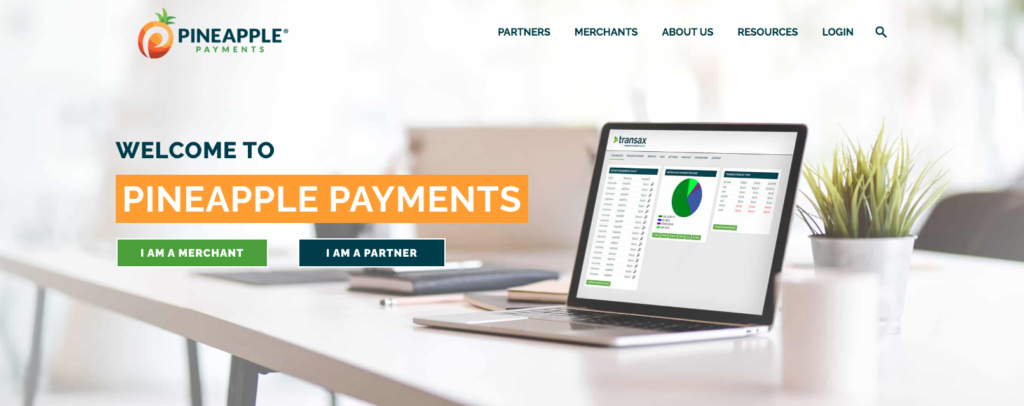
Global payments platform Paysafe is making the move to the New York Stock Exchange this week. The London-based company is going public via a merger with Foley Trasimene Acquisition Corp. II, a special purpose acquisition company (SPAC) set up by billionaire business executive Bill Foley.
After the deal, which values Paysafe at around $9 billion, was approved on March 25, Paysafe began trading on the New York Stock Exchange today under the ticker symbols “PSFE” and “PSFE.WS.” The combined company now operates as Paysafe Limited.
“The closing of this transaction and our listing on the New York Stock Exchange is a huge milestone for Paysafe and getting to this point today is testament to the hard work and dedication of our team around the world,” said Paysafe CEO Philip McHugh. “We’re excited to be embarking on the next stage of our growth journey as a public company.”
Founded in 1996, Paysafe enables businesses and consumers to connect and transact using its payment processing, digital wallet, card issuing, and online cash solutions. The company has completed 11 acquisitions, most recently purchasing Openbucks last July.
Paysafe’s suite of brands includes Income Access, Paysafecard, Skrill, and Neteller. In an interview with CNBC, Foley described Paysafe’s solutions as “ubiquitous,” adding, “It’s just everywhere in terms of the gaming world and digital wallets, e-cash solutions.”
With 3,400 employees in more than 12 offices across the globe, Paysafe helps businesses and consumers transact across 70 payment types in 40+ currencies.
Photo by Gemma Evans on Unsplash

























